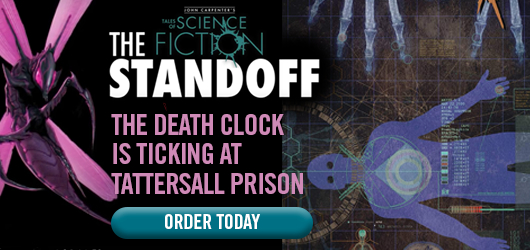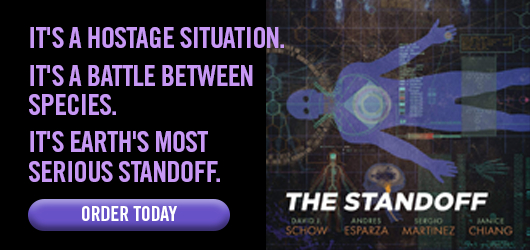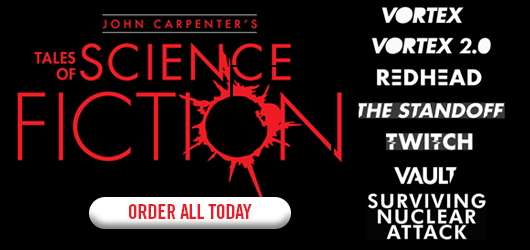The Standoff, Author David J. Schow
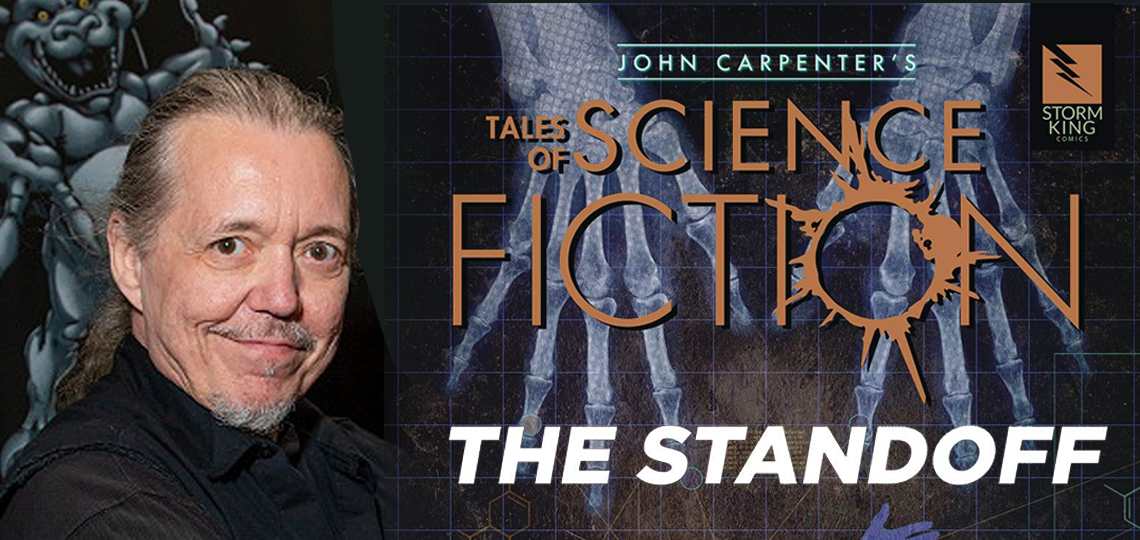
Across all forms of media, science fiction is one genre that has been consistently beloved. While we can be enchanted by the sorcerers and spells of fantasy, transfixed by the twists and turns of a well-plotted mystery, or shed a tear at a moving drama, there is something about science fiction that encapsulates both the best and the worst of us—equally embodying our fears and our hopes.
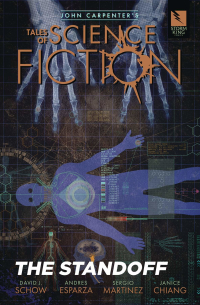
With every passing day, however, the worlds of science fiction encroach on our reality. Melting ice sheets are releasing toxins that have been banned for decades, threatening to wreak havoc on an already fragile ecosystem. Earlier this year, the Pentagon declassified videos of UFO sightings, and scientists detected a repeating pattern in radio signals from deep space. Do these sound like plots from X-Files episodes? Absolutely. Is it all true? Absolutely.
Wherever you fall on the gamut of skeptic to believer, there’s no denying the fascination with worlds beyond our own, and, so long as the facts are growing ever stranger than fiction, science fiction will be there to pick up the exposed threads and run with them.
Enter David J. Schow, whose latest graphic novel, The Standoff, poses the question: “What if a parasitic alien species crashed in the middle of a maximum security prison?” A finalist in Foreword’s 2019 INDIES Awards, The Standoff is the thrilling Prison Break/The War of the Worlds hybrid we didn’t know we needed, but that we couldn’t put down.
We hope you can hold off ordering The Standoff long enough to enjoy our interview with the man behind the alien invasion. Take it away, David!
Though The Standoff is a standalone graphic novel, it is also part of John Carpenter’s Tales of Science Fiction. You’ve been a contributor to similar collections before, as well as written collaboratively on numerous films and television shows, but have also written prose novels and short stories in a more singular capacity. What would you say are some of the key differences between these writing experiences and styles?
I had zero idea of how to confabulate a comic book script when I first confronted the debut issue of John Carpenter’s Tales for a HalloweeNight―what, six years ago, now? I had attempted comics years before and floundered miserably. This time, it snapped into much sharper focus: you have X number of pages, X number of panels, X amount of space for dialogue or captions, and after an initial maladroit attempt I fell back on a script/teleplay format, because essentially I was directing the comic story in addition to translating its dynamic from one medium (prose) into another (comics). So you have the latitude of prose, where your visual “budget” is unlimited, and the visual specificity of being able to show your reader exactly what characters and environments look like. Now, I almost said “instead of describing them and leaving them to someone else”―but that’s exactly how you collaborate with an artist and colorist for graphic novel representation, if you’re the least bit responsible or give a damn about servicing your story. Unless you’re in a big hurry, you don’t toss a script at an artist and say “see ya later!” until the book comes out. For me it’s comparable to the amount of work that goes into art direction or set design―hundreds of emails about what people and costumes look like, and how they all combine visually to yield some kind of balanced composition.
Which is a roundabout way of addressing the “differences.” It’s really all the same objective whether you’re working with a chisel on a hunk of granite, or shooting on a green-screen stage in hi-def. You have to get what’s in your brain into physical form so some other brain can comprehend it and have a chance of recognizing what you thought you were talking about.
In prose, it’s wrestling with language … which is “interpretation,” which covers all the other bases―comics, film, TV.
But look at that example I gave. I turned a prose story into a comic story. Later, I turned that comic story into a TV script. Same story, three different “lenses”…and the story changed substantively with each iteration, because you aim for different values depending on the presentation.
While we’ve all seen alien invasions and prison riots in entertainment media, you may well be the first person to combine the two. What was the impetus for this unexpected, refreshing combination?
In a word: Waco. The Branch Davidian siege of 1993. Google it if you don’t know what I’m talking about. What if it wasn’t what they thought, at first, and what if it transpired over two days instead of nearly two months?
We understand it may be like picking a favorite child, but, given the breadth of your writing experience (comic series, short stories, film, television, and beyond), what has been the most enjoyable medium for you to work in?
It’s all the same medium―storytelling―but different outlets. Production on TV or film can be very tribal and fun, versus being locked into your own head with the notorious “blank page”… but that’s fun, too. What’s not fun is grimly pounding through some project strictly for money or some gruesome contractual obligation, but it is legitimate to rent out your talent to people who sometimes don’t understand that they are not also buying your soul in the process. “Enjoyable,” for me, is anything that gets my work in front of new eyes. I love what I do.
Something we have always wondered about the creation of comics and graphic novels is how closely all of the artists and writers involved collaborate. Are there some people who work together from the idea’s inception, or are you all brought into the project in stages?
Well, artists can’t work without a script and designers can’t work without guidelines, which equal descriptions. (You should see how some designers will fret over a single word in a script; sometimes they obsess. Which can be good.) There’s less engagement on Halloween Nights since my contribution is just one small part of an anthology, but I have to be available to answer questions on the fly, because deadlines.
On the projects that are solely mine as writer―The Standoff and the forthcoming Hell―there is a terrific amount of engagement with my Dream Team at Storm King. In fact, one of the ways we got to Hell was by seeking a way to “keep the band together” from The Standoff. And the comments and changes and notes and approvals fly, usually daily. Hundreds of emails, per chapter, with additional passes as the colorist and letterer add their contributions.
Finally, do you have any other creative irons in the fire at the moment that you can share anything about?
Apart from Hell and more stuff for Creepshow on Shudder, I’m working on a uniform trade paperback edition of many of my titles from the eighties and nineties, so you can line them up on a shelf and all the spines match. We just delivered Silver Scream, which was a seminal horror anthology I edited; it’s been out of print for thirty-two years. (You should buy this immediately here.)
Before that was Wild Hairs, my accumulation of Fangoria columns (which won a trophy); after that is Monster Movies, a themed short story collection. I’ve got about 15 titles to work through…not counting the novels.
Meanwhile, stay tuned for Hell …“because Hell is coming!”*
Danielle Ballantyne

